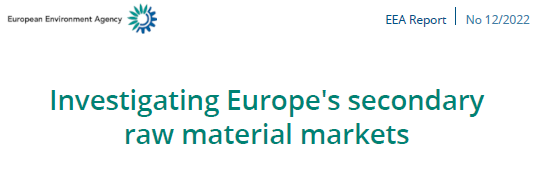European Environmental Agency (EEA) report “Investigatin Europe’s Secondary Raw Material Markets”

The European Environmental Agency (EEA) published the report “Investigating europe’s secondary raw material markets“. The report provides an assessment framework to describe the functionality of existing secondary raw material markets, considering:
- a significant share of the total market for that material (including the primary material market);
- representative prices properly reflecting demand-supply interactions;
- international or a wide scope of transactions;
- adequate economic drivers, even without support from (waste) policy;
- robust industrial capacity for recycling;
- good availability of market information;
- good product standardisation.
Applying the framework to selected secondary raw material markets (aluminium, paper and cardboard, wood, glass, plastics, textiles, C&D waste, bio-waste) reveals that only three of them (aluminium, paper and glass) function optimally.
The report also describes the barriers that prevent markets from reaching their full potential from a value chain perspective, namely:
- Product design: lack of economic or regulatory incentives to put product recyclability at the forefront.
- Supply of secondary raw materials: insufficient harmonisation of technical specifications or end-of-waste criteria across the EU.
- Demand for secondary raw materials: lack of confidence in the steady supply and consistent quality of secondary raw materials supplied, reluctance to invest in new and potentially expensive technologies that could better integrate secondary raw materials into various production processes.
- Secondary raw material governance: lack of credible, in-depth and relevant information on secondary raw material markets made regularly available to market stakeholders.
Finally, the report identifies potential measures that could effectively support secondary raw material markets in the EU, including:
- introducing eco-modulation of tariffs to incentivise designers to consider the recyclability of products;
- making recycling targets more effective or extending them to cover more materials and waste streams;
- further develop end-of-waste criteria at European level to increase confidence in secondary raw materials and avoid legal uncertainty;
- broaden the scope of recycled content requirements to increase demand for secondary raw materials.
Read more at the following link.
